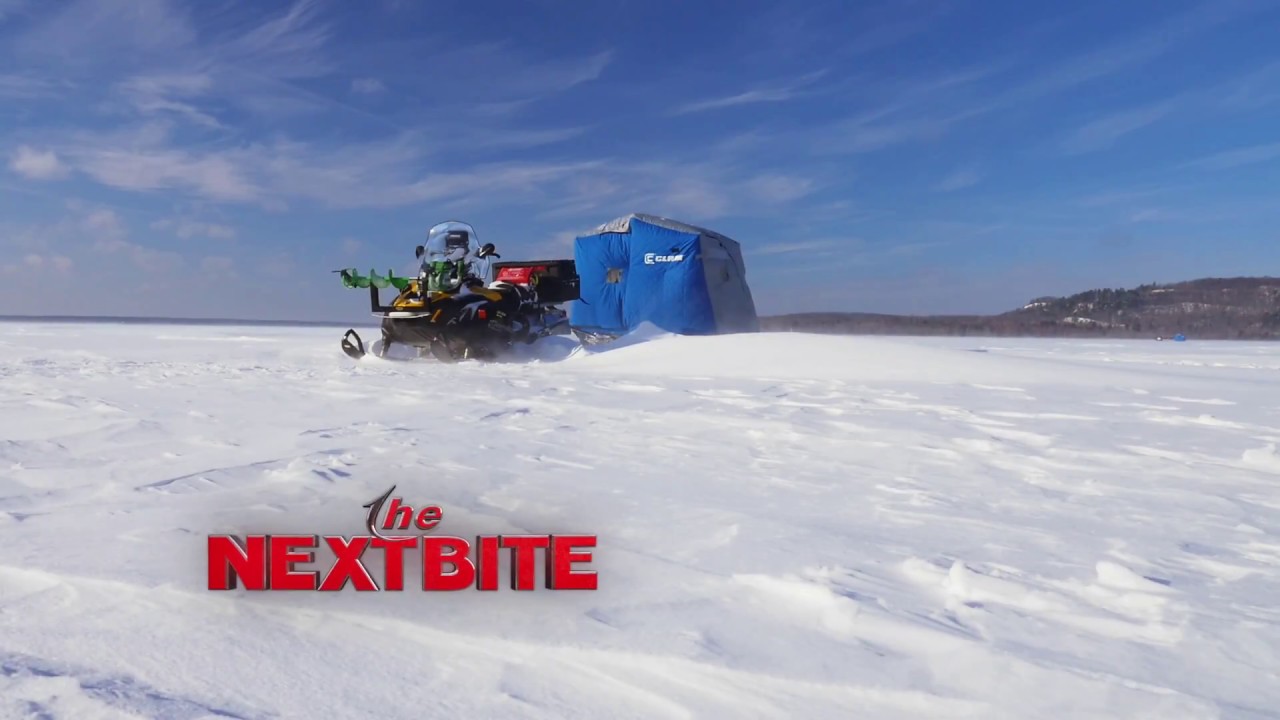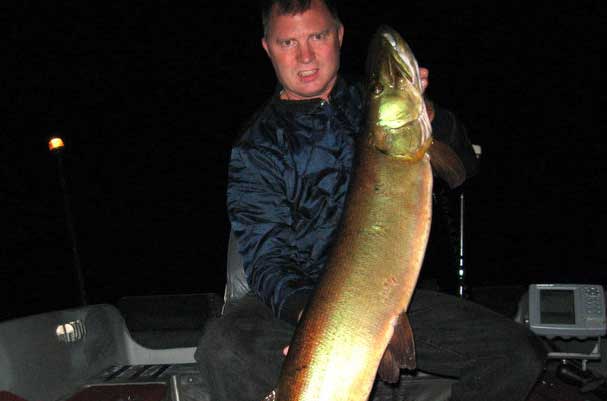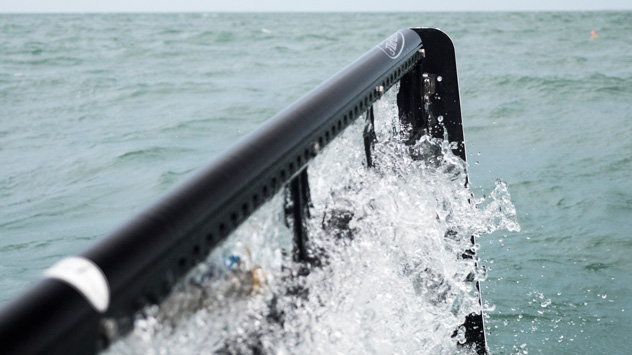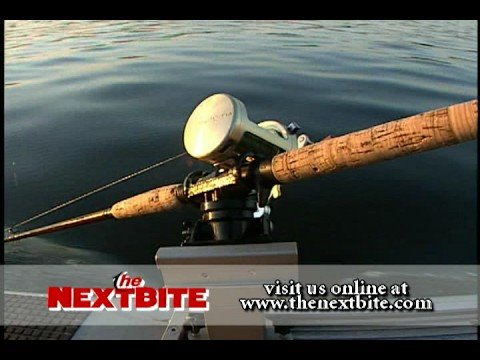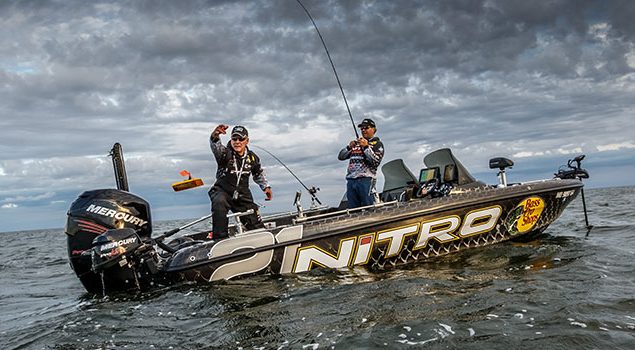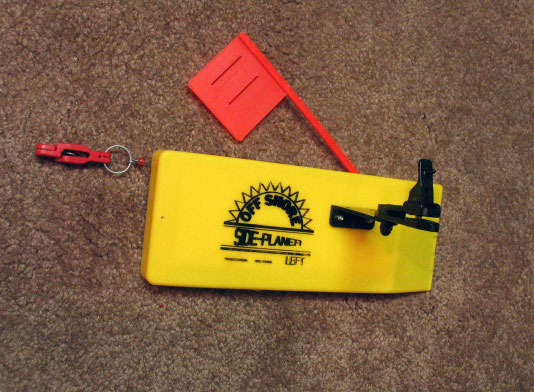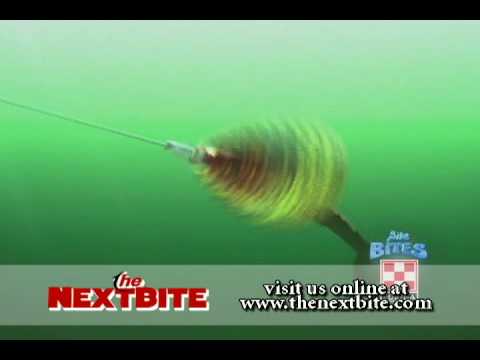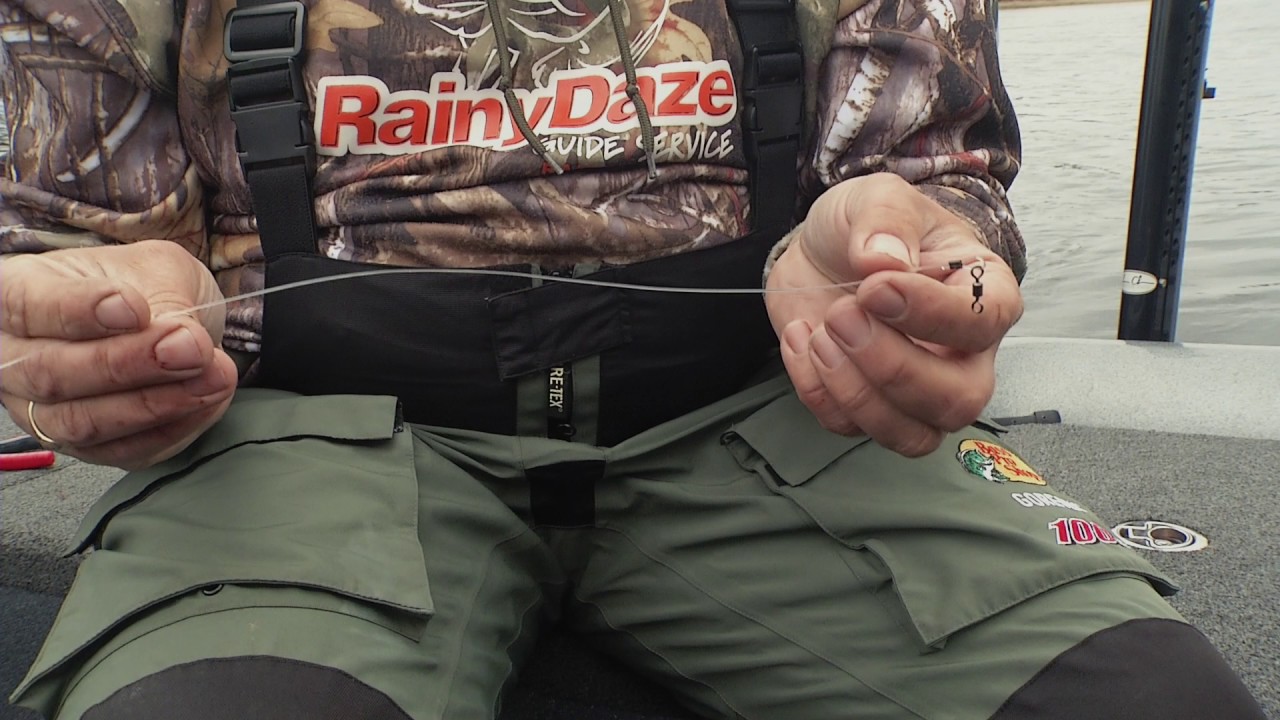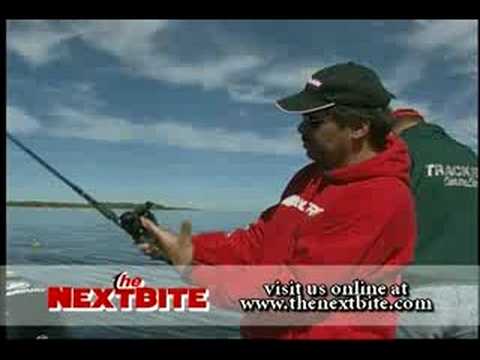Answer:
Couple of general comments:
If you are just starting out in a boat the big things to think about are
1) How the boat is positioning your lure.
2) How is the boat affecting the action of your lure.
Once you start to figure out those two things, then you can start to apply different techniques to the situation you are in.
For example, if trolling the lure will obviously be behind the boat. So as you drive the boat you have to think “behind” the boat on where the lure is. If you are in a nice flat spot, then it is easy, the lure is in the same depth that you just drove over. But if you are on a break or on an irregular bottom, then you might have to position your boat shallow or deeper to get the lure in the right depth – or you might have to control your boat to keep you in one depth. Thus the need for “control engines” (a kicker and/or a bow mount).
Next you have to think about lure action. For crankbaits, a typical speed to troll is 2mph. But in cold water situation (or in bad weather situations) you might have to slow down to 1.2 mph (or even as slow as .8 mph). In a situation where the fish are active you might be able to cover more water and provoke strikes by going faster (3 to 4 mph).
These examples are just cranking. If you are vertical jigging you might use your boat control to precisely follow the speed of the current. If you are pitching jigs your boat control might keep you just within casting distance of a prime spot on structure. For bottom bouncers you might need to speed up or slow down to get the bait behind a bottom bouncer (spinner, slow death, bare hook) to work properly.
So learn to run your boat. Rarely (if ever) should you just be drifting with the current or wind.
Next learn to read your electronics. With a boat you are mobile. Go to where the fish are, don’t wait for the fish to come to you.
As far as cranking lines – I think the most versatile system to start out with is to simply put 10 pound Trilene XT on some line counters. 10pound test is the diameter line most often used for trolling walleyes, and using the data found on the Precision Trolling App or the Precision Trolling Tackle Box Stickers will give you acurate diving depths. Then if you need to go deep, look at adding on something simple like Offshore’s Snap Weights. If you get in a situation where you are fishing on big flat areas for suspended fish – then Off Shore Tackle Side Planer Boards can be added. These same setups will also work great for Open Water spinners.
Once you get good with those, then look at using FireLine for cranking (allows you to monitor the line for debris and dives deeper because it is thinner). After that you might start experimenting with lead core.
Keith Kavajecz

